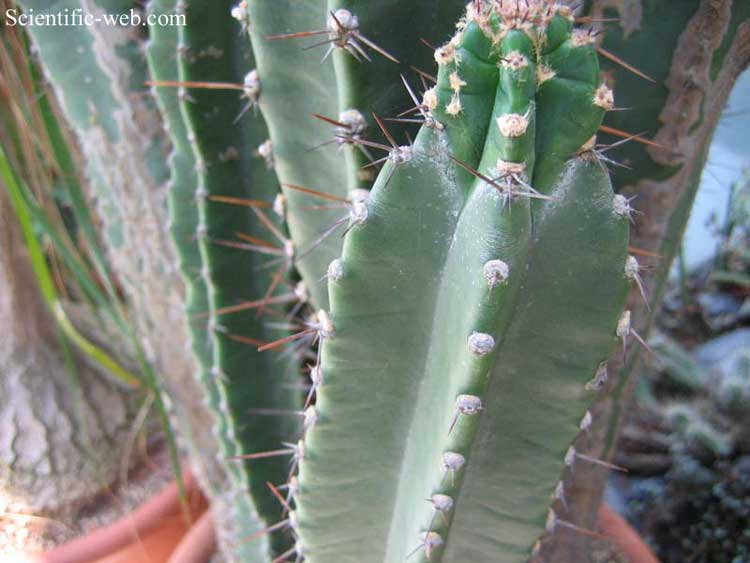Cereus jamacaru, Photo: Michael Lahanas Cladus: Eukaryota Name Cereus jamacaru A. P. de Candolle 1828 Synonyms Piptanthocereus jamacaru (A. P. de Candolle) Riccobono 1909 Piptanthocereus cabralensis F. Ritter 1979 Cereus calcirupicola subsp. cabralensis (F. Ritter) P. J. Braun et Esteves 1995 Reference http://www.f-lohmueller.de/botany/gen/c/Cereus.htm -------- Source: Wikispecies: All text is available under the terms of the GNU Free Documentation License |
|

